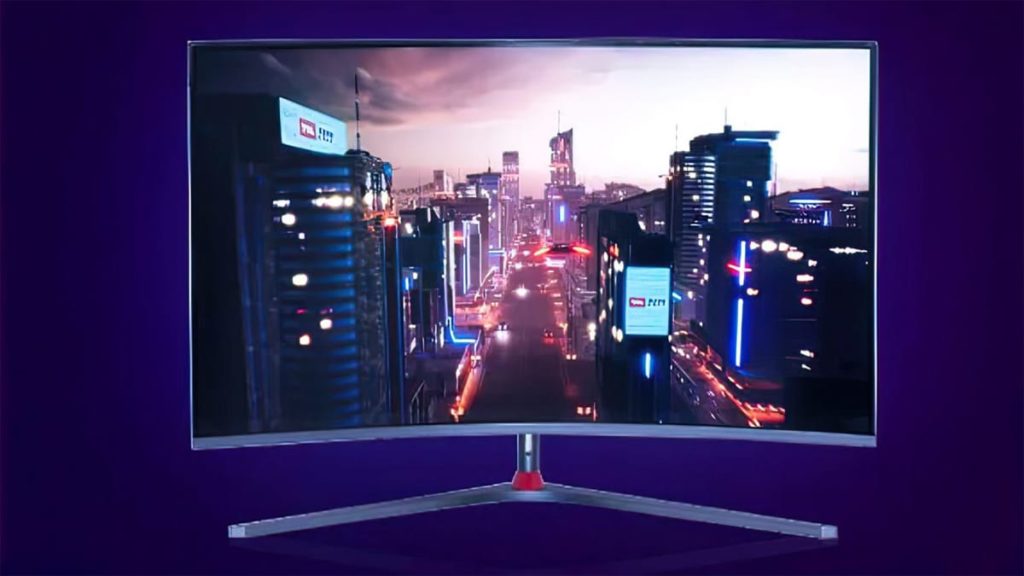You have to at least be open to the possibility that it is placebo effect.
Placebo effect is real and impacts ALL human beings. You can't trust your senses. Your brain Will fool you into thinking what you expect to be better to actually be better every time.
Yes I am indeed open to that possibility. The thing is though, I had no expectations going in when I first started using high-refresh-rate displays. I had no preconceived notions, no idea what it was supposed to do for me. I had heard it was supposed to be better, but I didn't know how. I discovered how on my own. I spent many years playing games at framerates well above 60fps (I'm usually a VSYNC off guy, unless the screen tearing drives me insane, and now I have VRR to handle that), but on 60Hz displays. So no matter how high the framerate got, only 60 of the frames were getting to my eyes each second. I could be playing UT3 at 300+ fps for example, but most of that was going to waste (although low frametimes and no VSYNC feel very good in terms of input response for the controls). Now I have a whole extra 100+ frames going to my eyes each second, and good gawd what a difference. The way things look in motion is incredible. It really improved the clarity of what I could see. It helps me track targets better in FPS games, I could see the animation of 3D characters models more clearly. Anything that is in motion became way easier for my eyes to keep track of. Digital Foundry calls it "resolution over time." You have a lot more visual information coming into your eyes each second, and it is quite the improvement, let me tell you.
It's gotten to the point where I would rather have 1440p and high refresh rate over 4K+60Hz. 4K is good and all, it really helps bring out the detail, especially on small or distant objects, but the impact of more frames reaching my eye each second has been much stronger to me. It's gotten to the point where now even 80fps feels too low at times. It's lacking a smoothness that really starts to kick in at 120fps. Even just moving a mouse cursor or a program window around on the screen, you can tell how much smoother sh1t is.
After you've lived like this for several months, what happens is the high refresh rate becomes normal, and doesn't seem special, and you don't really notice it. But what you DO notice is the
lack of it when you move away from it. On either side of my 165Hz primary display I have two 60Hz displays. Again going back to the example of moving a mouse cursor or a program window around, I can see how much "choppier" the movement motion is on those 60Hz displays. It's really f*cking smooth on my primary display. The mouse cursor for example leaves less "after-images" when I move it across the screen.
I have also found that higher refresh rates help reduce eye strain and eye fatigue, although this was a lot more true with CRTs, where the image does not persist until the next screen refresh. 60Hz on CRTs used to **** up my eyes something serious, and give me headaches. On CRTs I needed 75Hz minimum.
With VRR, the refresh rate always matches the framerate (within the VRR window), so I've seen the lower refresh rates like 90Hz and 100Hz and whatnot. They look better than 60Hz, but not much better. 120Hz is when I really start to notice the extra smoothness. Admittedly 144Hz doesn't look that much better than 120Hz, but 165Hz does. I imagine 200Hz doesn't look that much better than 165Hz, but it probably looks noticeably better than 144Hz. Will I notice the improvements of 300Hz over 165Hz? I have no idea, but one day I will find out. I imagine though that at that point, there really will be diminishing returns. Anyways, the point I'm trying to make is, 120Hz is not where the gains end, at least not to me. That's where they begin. You may not believe me, and that's fine, but one day I hope you get to spend almost all your time some where above 120Hz. Cuz then when you come back down to the lower refresh rates, I'm willing to bet you'll definitely notice.

